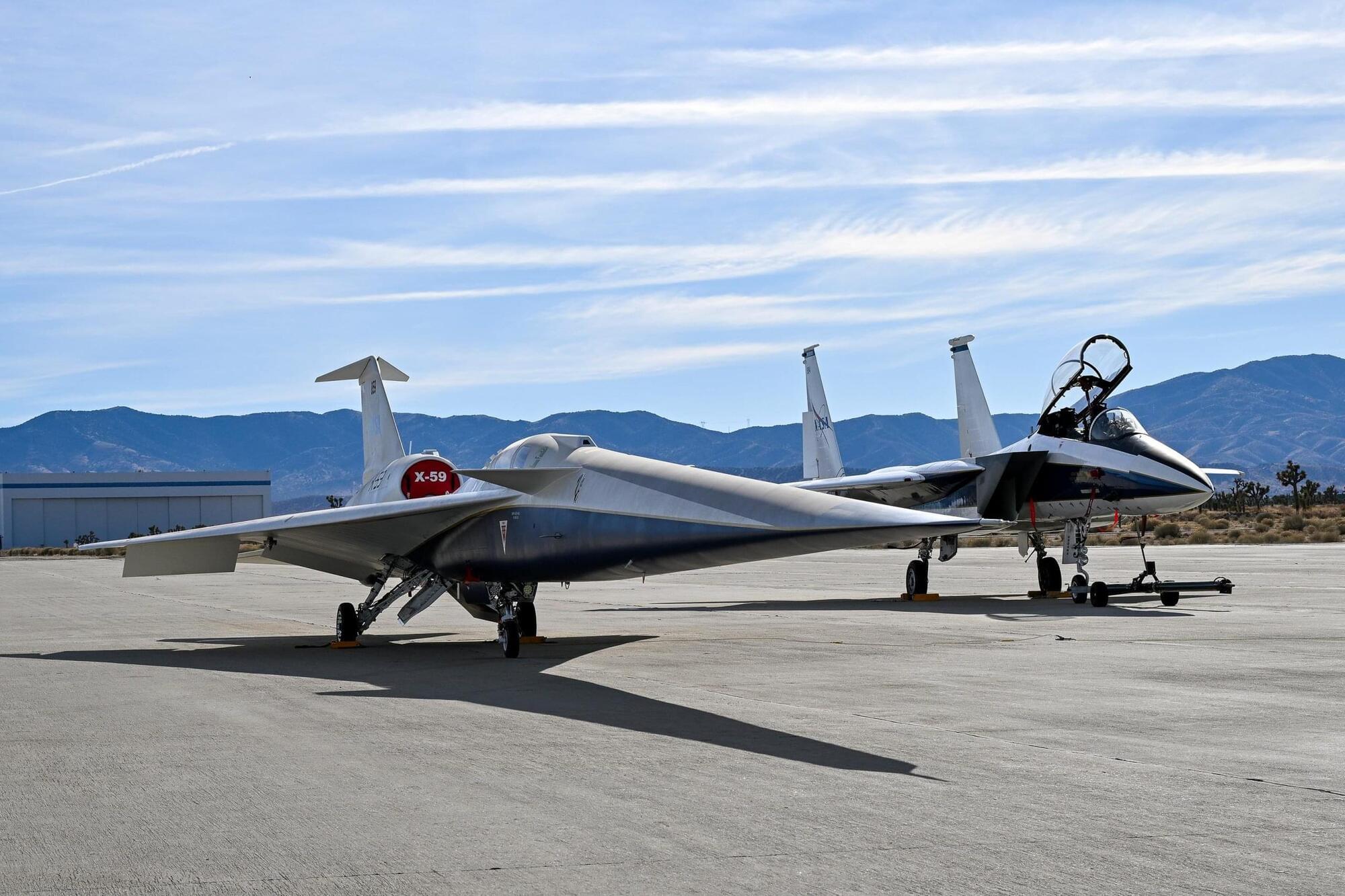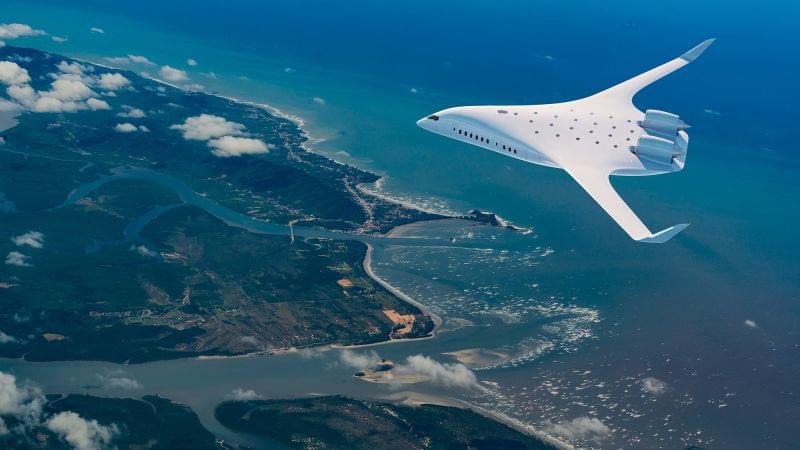Demand for lithium is rising due to its use in batteries for mobile devices, cars and clean energy storage. Securing access to natural deposits of the mineral is now a matter of strategic importance, but lithium can be found elsewhere in nature.
As an alternative to mining, Imperial researchers have created a technology that could be used to efficiently extract it from saltwater sources such as salt-lake brines or geothermal brine solutions.
Conventional lithium extraction from brines takes months and uses significant amounts of water and chemicals, generating greenhouse gas emissions in the process. The alternative developed by Dr. Qilei Song and his team in the Department of Chemical Engineering uses a membrane that separates lithium from salt water by filtering it through tiny pores.






